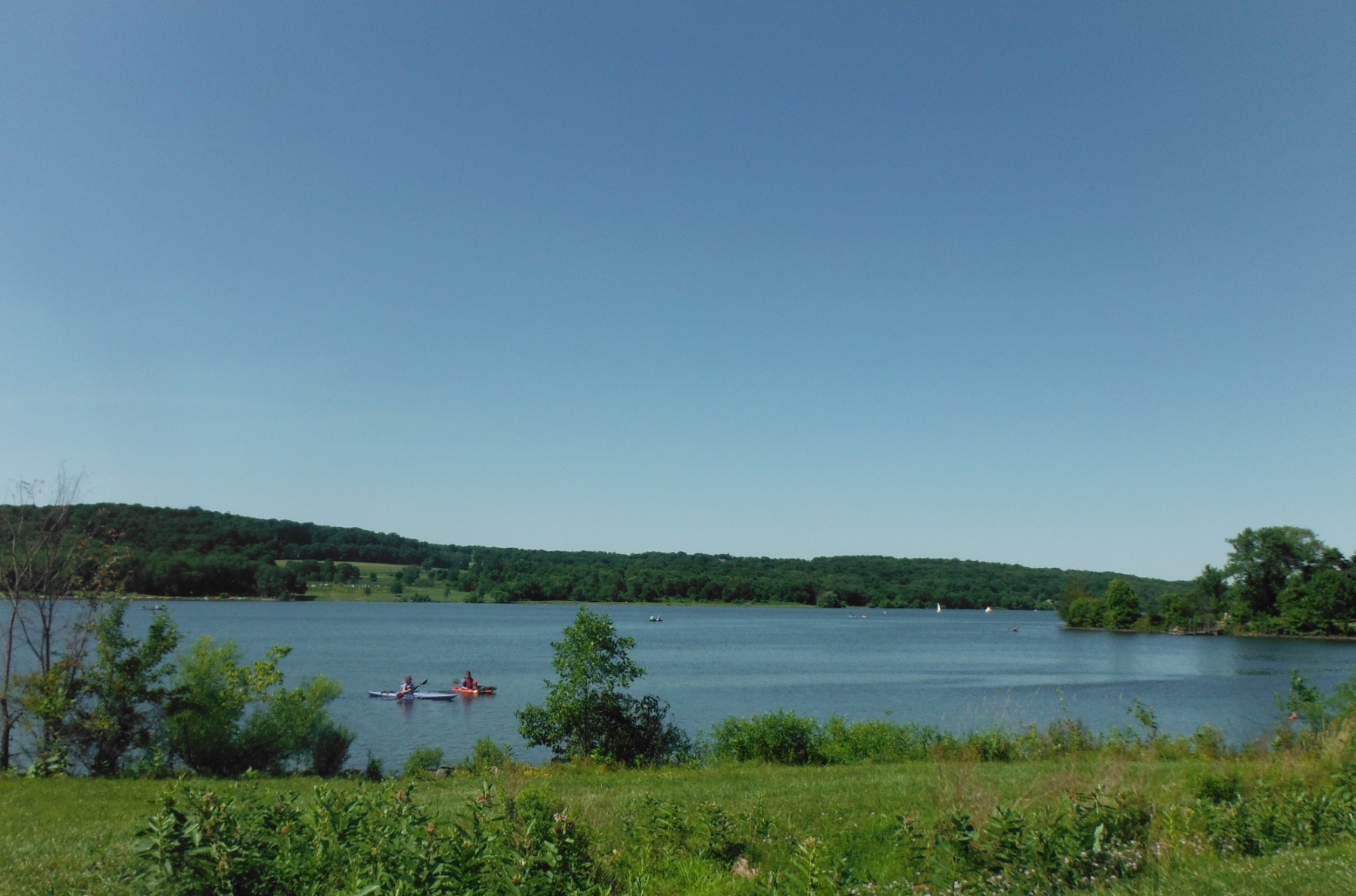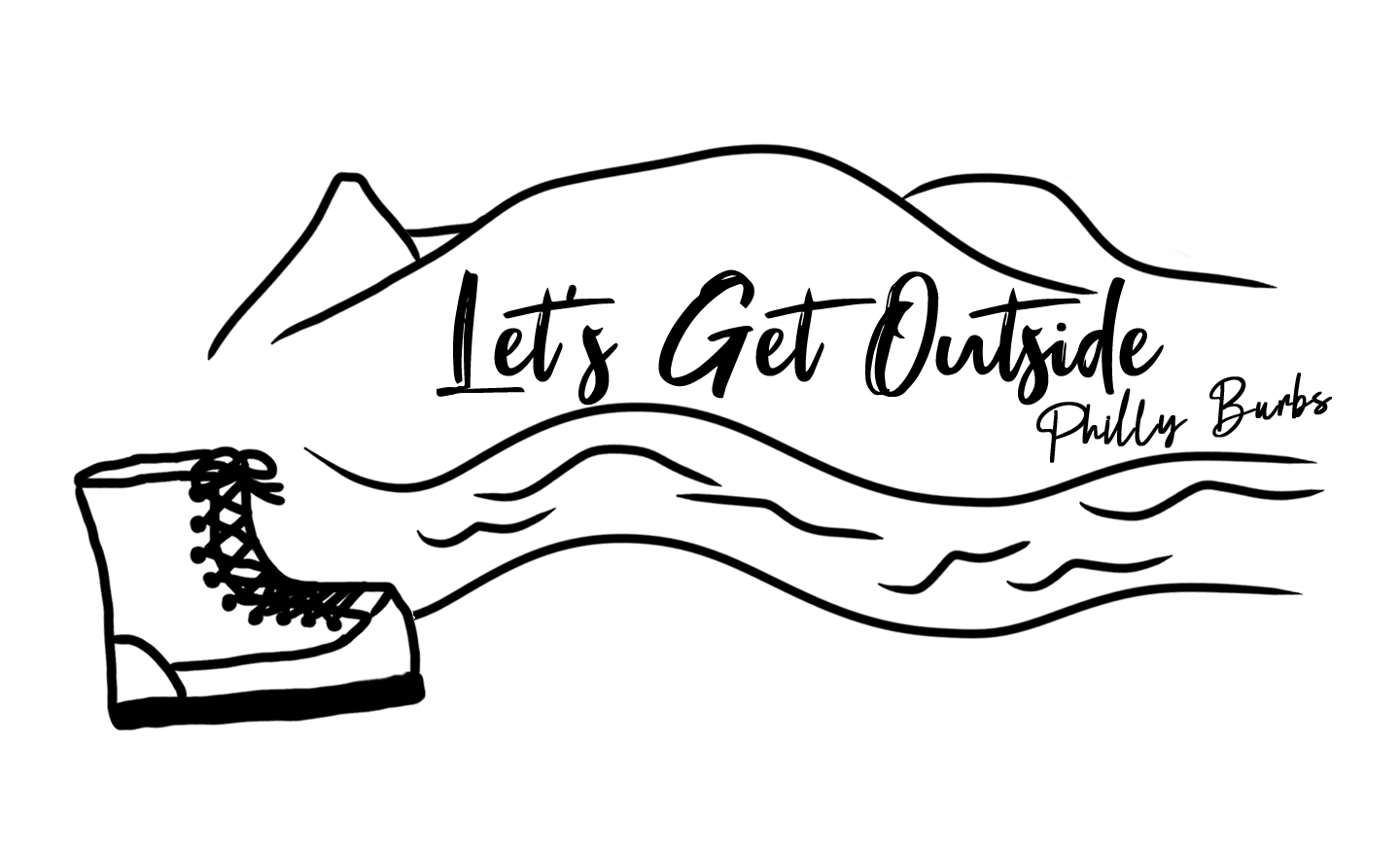
Just Do It, Hiking Is Easy to Start
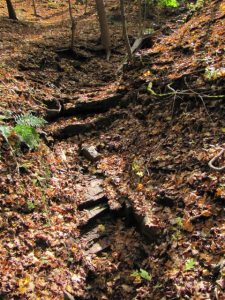
If you are looking for a way to get out and enjoy nature, hiking is perhaps the quickest and easiest way to start. It requires practically no equipment and trails can be found to suit people of any activity level. With the establishment of many Philly-area trails on the sites of old rail beds, there are even a number of trails that have sections suitable for wheelchair use.
While there is no specialized equipment necessary to go on a hike, there are some basic things you should bring (you probably have most if not all of these).
- Hiking boots or sturdy shoes
- Water and snacks
- A backpack/waistpouch (to carry your water and snacks, as well as a jacket and emergency items)
- Emergency items (flashlight, in case you are unexpectedly out after dark, a whistle, to call for help and a small first aid kit)
Of course you can bring much more (and for longer hikes you will want to), but carrying too much can make a hike less fun. Remember to always hike at the pace of the weakest hiker and end while it is still fun (not when everyone is too tired). Taking breaks not only helps you recharge, it also means you may see things you would otherwise miss. Remember the purpose is the journey, not the destination.
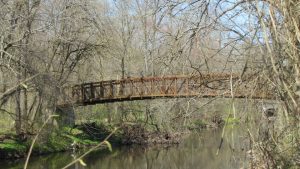
Do some research before setting out.
Today, information about most trails is available online. Park websites often provide details about length of trail and terrain; some also include elevation changes and approximate length of time expected to complete the hike. There are also a number of books available, which may focus on a particular area or interest. (If the books are older, you will want to confirm the trail information is current, as trails sometimes change, due to erosion or the need to protect certain species of plants.) In most cases, the organization that maintains the trail (many of these are volunteer-based non-profits) can provide a map as well, either for purchase or to view online. Other places to learn about trails are through a simple Google search and in Facebook groups (search “hiking” and you will get multiple options).
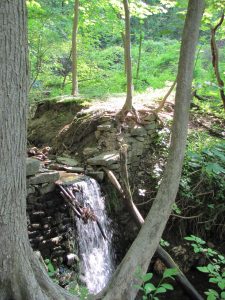
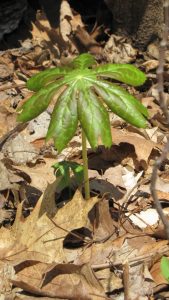 If the idea of walking in the woods sounds boring, you likely have not hiked the Pennsylvania wilderness. The state is known for its rocky terrain and large boulders in and around trails. For this reason, many trails lead to interesting features, such as waterfalls or rock formations. One popular hike in Philadelphia even passes a hidden statue of a Native American Indian, which has a sense of mystery about it. On any given day, one can find people searching for the “secret Indian.”
If the idea of walking in the woods sounds boring, you likely have not hiked the Pennsylvania wilderness. The state is known for its rocky terrain and large boulders in and around trails. For this reason, many trails lead to interesting features, such as waterfalls or rock formations. One popular hike in Philadelphia even passes a hidden statue of a Native American Indian, which has a sense of mystery about it. On any given day, one can find people searching for the “secret Indian.”
If you are not fascinated by your surroundings, you can also create a game or have a contest to see who can find the most interesting tree, rock, bug, etc. If you are quiet, you may see wildlife such as deer, groundhogs, chipmunks and a wide variety of birds. Though bear are not very common in southeastern PA, they are sometimes seen as well (if you have heard reports of black bear in the area, you want to make noise; you don’t want to catch one unaware).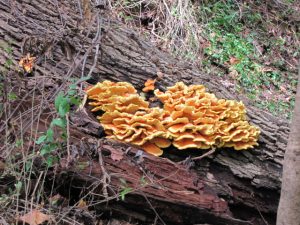
Hiking is something you can do on your own, or with a group. Many area Nature and Outdoor Education Centers offer organized hikes, frequently themed. You can learn about area wildlife and plants while making new friends. Since the seasons bring change to natural areas, you can hike the same area repeatedly and still see new things.
Some resources for finding hikes in your area:
Natural Lands Trust has 42 nature preserves in the Philadelphia suburbs, many of which have hiking trails open to the public. The site offers details on trails, amenities and events. NLT also has a mobile app, Explore NLT.
Friends of the Wissahickon offers information about Philadelphia’s Wissahickon Valley Park which has more than 50 miles of hiking trails. The group also sponsors hikes and other activities in the park.
The Pennsylvania Department of Conservation and Natural Resources is your go to for information on State Parks. Maps are available free of charge in the parks.

